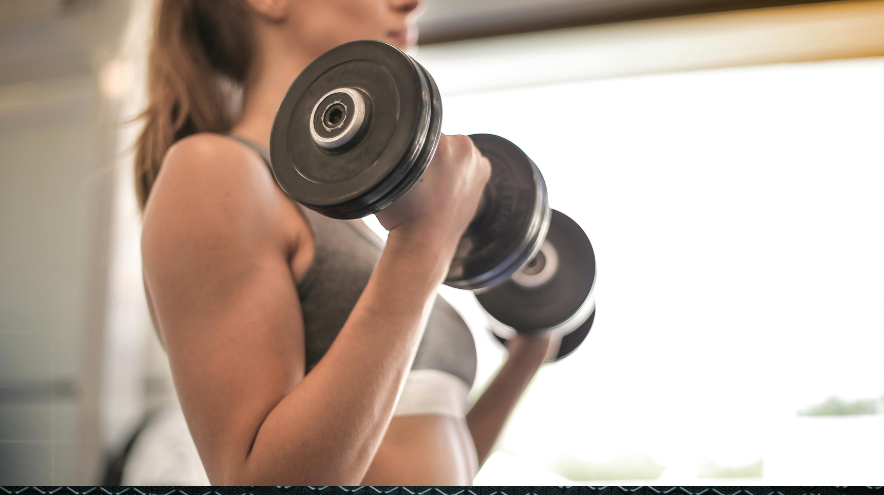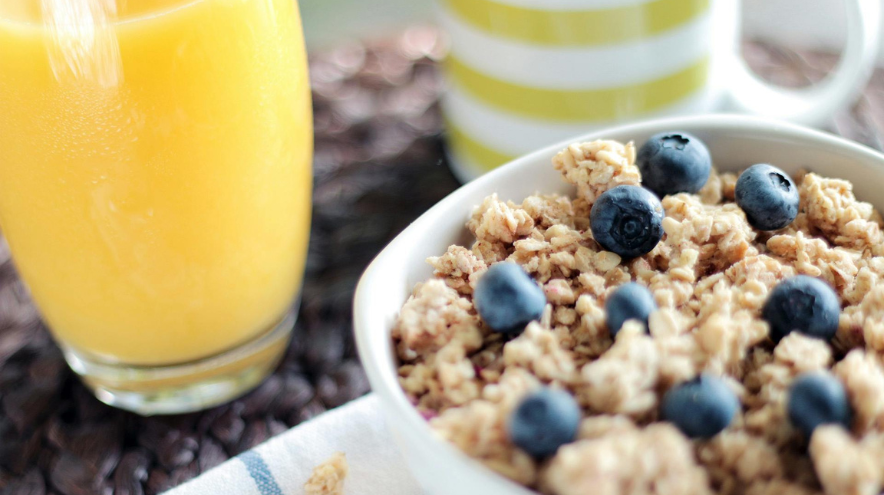Mental Wellness through Micro-Practices & Digital Tools

In our fast-paced, digitally saturated world, maintaining mental wellness has become both a personal priority and a public concern. As someone who has navigated professional pressures and personal burnout, I’ve discovered that sustainable mental health often hinges not on grand gestures, but on micro-practices—small, intentional actions that steadily improve emotional well-being. Combined with the right digital tools, these micro-strategies empower us to stay grounded, even amidst chaos. This approach is increasingly backed by research and embraced by health professionals, illustrating how mental resilience can be built incrementally.
Key Takeaways
Micro-practices offer sustainable, daily ways to manage mental health without requiring large time or energy investments.
Digital tools can support mental wellness but should be used mindfully to avoid information overload or screen fatigue.
A hybrid strategy—using both analog and digital supports—creates a flexible, personalized mental wellness framework.
The Power of Micro-Practices in Mental Wellness
Micro-practices are brief, consistent actions—like deep breathing, journaling, or stepping outside—that reinforce emotional balance. They are deceptively simple but highly effective because they integrate seamlessly into daily life. For example, a 2020 study in The Lancet Psychiatry found that even 10 minutes of daily mindfulness could reduce symptoms of anxiety and depression significantly (Goldberg et al., 2020).
Personally, I’ve used a 90-second grounding technique during stressful workdays to re-center myself. These brief resets, practiced regularly, shape more adaptive mental habits over time. The cumulative effect is powerful: reduced cortisol levels, better emotional regulation, and enhanced focus. Unlike time-intensive therapy or wellness retreats, micro-practices are accessible to all, regardless of income, location, or schedule.
https://holisticwellnesswave.com/index.php/2025/07/17/menopause-wellness-increased-focus-on-targeted-support-products-and-services-for-women-navigating-menopause/
Their beauty lies in their flexibility. Whether it’s gratitude journaling each morning or taking mindful sips of tea during a break, these small rituals become the scaffolding for resilience. Repetition engrains them into routine, gradually rewiring the brain for positivity and calm.
Balancing Tech: The Role of Digital Tools in Mental Health

Digital tools—apps, wearables, and online communities—can amplify the benefits of micro-practices when used with intention. Meditation apps like Headspace or Calm, for example, guide users through mindfulness practices and track progress, making mental wellness tangible and measurable. A 2021 meta-review published in JMIR Mental Health confirmed that digital mental health interventions could produce moderate improvements in depression and anxiety symptoms (Larsen et al., 2021).
Yet, not all tools are created equal. Overreliance on screens or unregulated apps can paradoxically increase anxiety or worsen sleep hygiene. Notifications, data overload, and comparison loops on social platforms often negate the gains made through micro-practices. This duality means users must evaluate digital wellness tools critically—prioritizing those designed with evidence-based frameworks and clear user privacy protections.
I advocate for a hybrid approach: using technology as a guide, not a crutch. For instance, I use a wearable to monitor sleep and heart rate variability, but I also keep a handwritten mood journal. This mix helps me stay connected to both digital insights and internal experiences.
Everyday Integration and the Future of Personalized Mental Wellness
The most effective mental wellness strategies are those that adapt to real life. Micro-practices fit naturally into morning routines, commutes, or even during work meetings. For example, box breathing during video calls or a five-minute nature walk after lunch can provide immense benefits without disrupting productivity. Companies are starting to notice: organizations like Google and SAP have embedded micro-practice programs into employee wellness offerings with strong outcomes.
Looking ahead, we can expect digital mental health tools to become more personalized and adaptive. AI-driven mental health platforms are beginning to deliver real-time emotional support based on voice tone, typing patterns, or physiological data. This development promises unprecedented levels of early intervention and tailored care—especially in underserved populations.
However, ethical implementation and equitable access remain critical. Without careful design, such tools risk perpetuating inequalities or eroding user autonomy. Therefore, human oversight, ethical AI standards, and cultural sensitivity must guide future innovation. Mental wellness is not one-size-fits-all; it is, and should remain, deeply personal.
Conclusion
Mental wellness doesn’t demand massive time or financial investments. It thrives through micro-practices—small steps, consistently taken. Supported by well-chosen digital tools, these practices become sustainable, measurable, and deeply transformative. The future of mental health will likely blend analog habits with AI-powered support, but our core needs remain timeless: presence, agency, and compassion. Whether you’re a busy professional or a student under pressure, a tailored micro-practice strategy can be the cornerstone of emotional resilience.
FAQs
1. What are some examples of effective micro-practices I can start today?
Start with deep breathing for two minutes, gratitude journaling one sentence a day, or taking a five-minute walk outdoors. Choose something small and sustainable.
2. Are mental health apps scientifically reliable?
Some apps are evidence-based, especially those developed with input from clinicians or supported by peer-reviewed studies. Check for transparency, user reviews, and certifications like ORCHA or APA approval.
3. How can I avoid burnout from using too many digital wellness tools?
Set clear intentions. Limit notifications, track only essential data, and prioritize offline practices to maintain a balanced, mindful experience.




